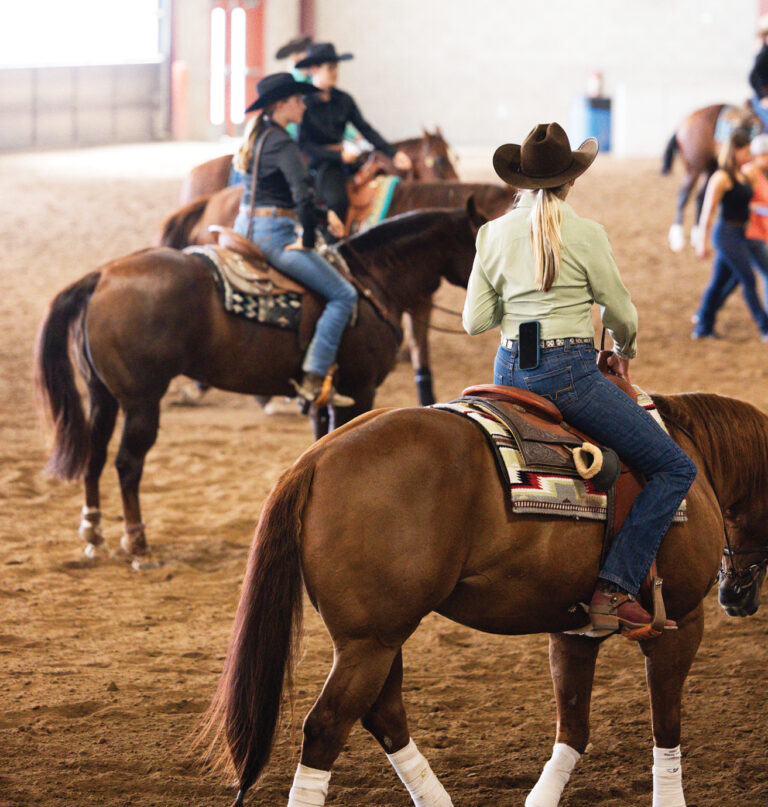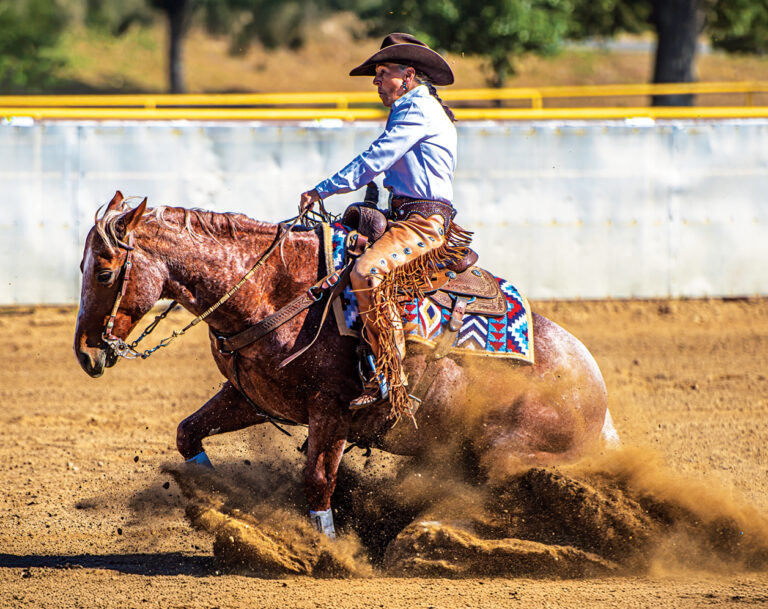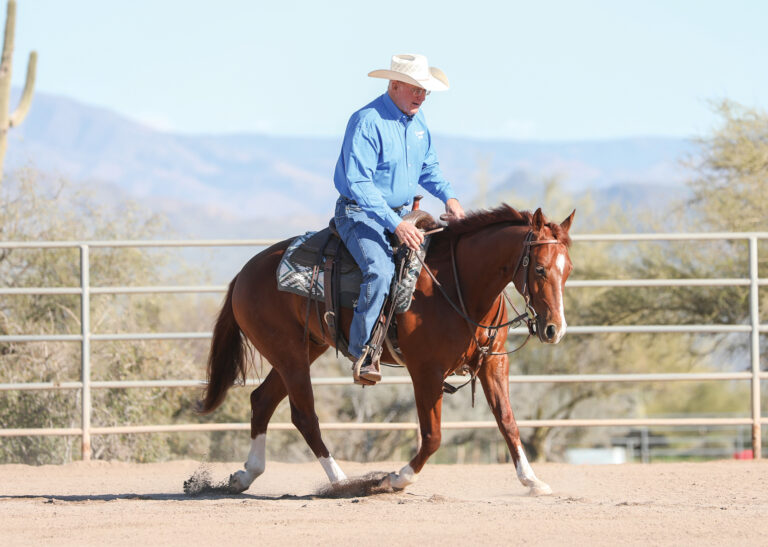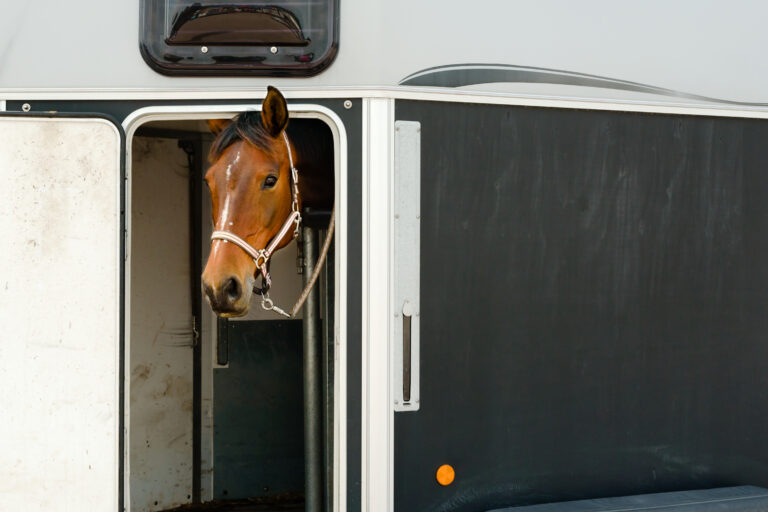If you live in an area vulnerable to wildfires, time spent creating a written plan and reducing the fire hazard around your place is an excellent investment. It can turn out to be the difference between safeguarding your horses and losing them to the ravages of fire.
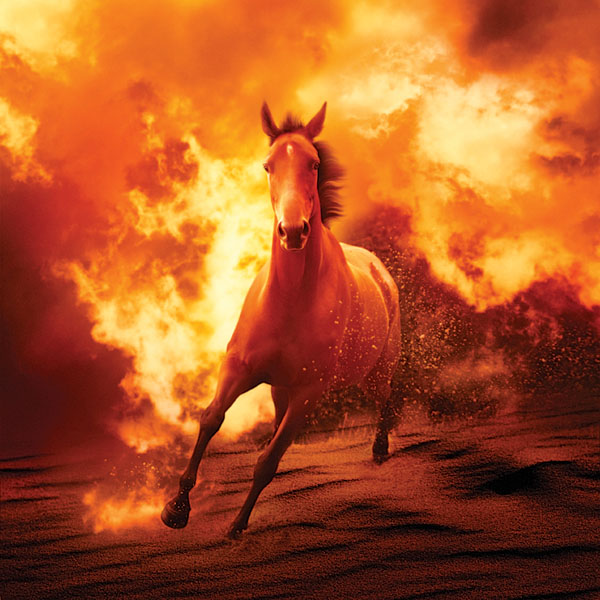
To Do Now
Prepare your property. Your local fire department can inspect your home and barn to assess your risk and offer suggestions for reducing it. Create a fuel break around key areas (by removing dead/dry foliage and other flammable materials, such as mulch). Keep your barn free of clutter. Install and know how to use fire extinguishers. Make sure you have a first-aid kit, and troubleshoot key firefighting strategies (do you have a water source, for example, and long-enough hoses?).
Contact local animal services. Officials there can tell you if an area-wide strategy already exists for evacuating large animals. (For example, in California’s El Dorado County, the Department of Animal Services works with a volunteer group, the South County Large Animal Rescue, to help evacuate large animals in the event of wildfires. If no such volunteer group exists in your area, consider starting one.)
Create an evacuation plan. Know where you’d take your animals (local fairgrounds? a neighbor’s place?) and how you’d transport them. Do you have a rig adequate for the job, or are neighbors or a local group available to help? Will your horses load willingly? Make plans for more than one evacuation route in case fire cuts off access to main roads. Post all fire-emergency numbers next to the phones in both your home and barn; program key contacts into your cell phone.
Consider ID methods. Identifying your horses in advance helps to keep track of them in the event of any disaster. Permanent ID methods include tattoos, brands, and microchips. You may also want to plan ahead by placing your phone number right on your horses via one of these methods: etching hooves, clipping into the coat, marking with waterproof paint (e.g. livestock marking crayon), braiding tags into manes or tails, applying neck or fetlock bands.
When Fire Threatens
Get ready. Stay apprised of the fire’s progression and officials’ recommendations. Wildfires are unpredictable and can spread rapidly; give priority to the safety of yourself and your family as you prepare to respond. Apply ID to your horses per your plan; keep identifying records on hand to take with you. Fuel up your towing vehicle and hitch your trailer, or check in with your local volunteer evacuation network.
Leave promptly. When the word comes, don’t delay your departure. Take your horses’ identifying papers and, if possible, at least some feed and water with you.
Turn out stay-at-homes. If you must for any reason leave your horses behind, turn them out of the barn if possible, barring access to keep them from running back in. Depending on the situation, you may also want to open paddock and pasture gates to enable your animals to escape the fire’s projected path.

